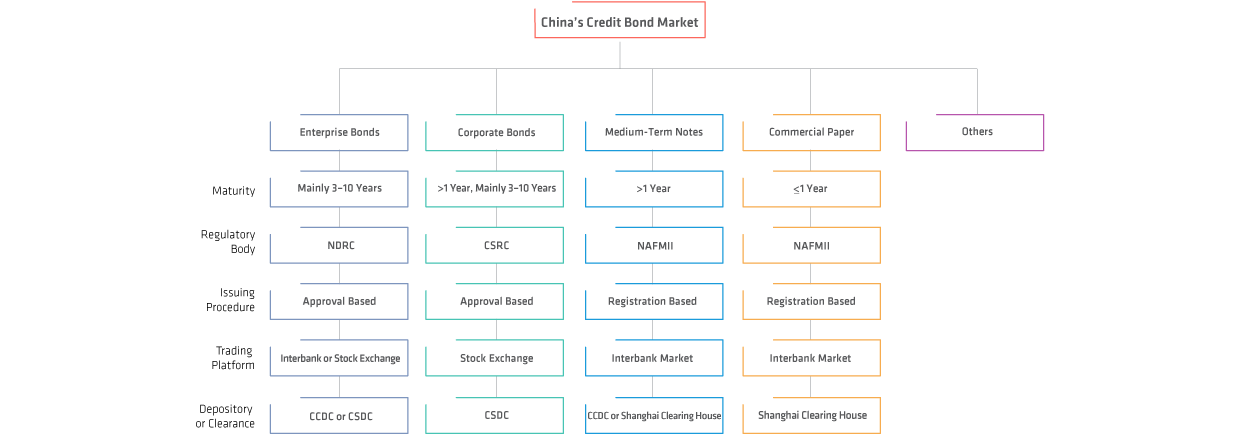-
Past performance, historical and current analyses, and expectations do not guarantee future results. There can be no assurance that any investment objectives will be achieved. The information contained here reflects the views of AllianceBernstein L.P. or its affiliates and sources it believes are reliable as of the date of this publication. AllianceBernstein L.P. makes no representations or warranties concerning the accuracy of any data. There is no guarantee that any projection, forecast or opinion in this material will be realized. Past performance does not guarantee future results. The views expressed here may change at any time after the date of this publication. This document is for informational purposes only and does not constitute investment advice. AllianceBernstein L.P. does not provide tax, legal or accounting advice. It does not take an investor’s personal investment objectives or financial situation into account; investors should discuss their individual circumstances with appropriate professionals before making any decisions. This information should not be construed as sales or marketing material or an offer or solicitation for the purchase or sale of any financial instrument, product or service sponsored by AB or its affiliates.
The views expressed herein do not constitute research, investment advice, or trade recommendations and do not necessarily represent the views of all AB portfolio-management teams.
MSCI makes no express or implied warranties or representations, and shall have no liability whatsoever with respect to any MSCI data contained herein. The MSCI data may not be further redistributed or used as a basis for other indices or any securities or financial products. This report is not approved, reviewed or produced by MSCI.
China Credit
A Guide to Investing in the Onshore Market
26 November 2019
2 min read
7
Number of domestic rating agencies
in China
99.6%
Share of bonds rated AA or above
by China’s rating agencies
174
Number of corporate bond defaults
in China in 2018
Authors
China’s Credit Market Is Diverse and Complex
Corporate Bond Market Characteristics by Sector

As of October 31, 2019
CDCC = China Central Depository and Clearing Corporation Limited; CSDC = China Securities Depository and Clearing Corporation Limited; CSRC = China SecuritiesRegulatory Commission; NAFMI = National Association of Financial Market Institutional Investors; NDRC = National Development and Reform Commission
Source: IMF
About the Authors
